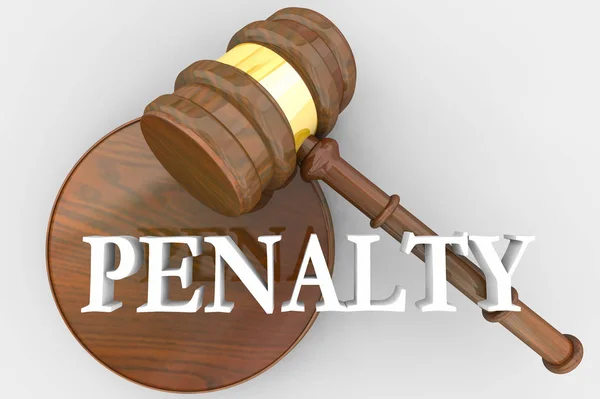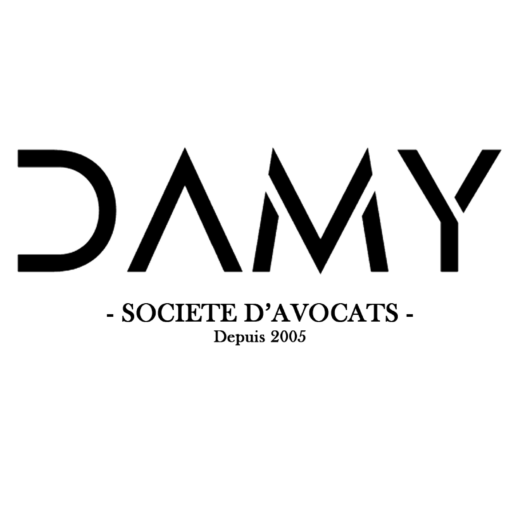Estimated reading time (in minutes)

Classification and Penalties In a significant judgment dated April 10, 2013, the Court of Cassation clarified that the mere publication of insults on social networks is not sufficient to constitute the offense of public insult. This ruling came about in a case where a company and its director accused a former employee of posting comments on social networks that they deemed as public insults.
Insult Classification: Public vs. Non-Public:-
The Court carefully examined the circumstances and determined that these remarks, despite being broadcast on the former employee’s accounts, were only accessible to a limited number of individuals. The accounts were approved by the user, and the reach of the comments was confined to approximately 9 to 14 members, as per the social network’s settings. Therefore, the Court concluded that these remarks did not meet the criteria of public insults since the potential audience was too small and constituted a community of interests—a group of individuals connected by shared membership, aspirations, and objectives.
Penalties for Online Insults:-
However, it is essential to note that although the remarks were not classified as public insults, the Court of Cassation acknowledged that they could still be considered as non-public insults, which are also prohibited by law. The qualification of the offense depends on whether it is public or non-public, and the penalties imposed vary accordingly.
In cases where insults are deemed public, they can be considered a misdemeanor punishable by a fine of up to 12,000 euros. On the other hand, if the insults are classified as non-public and are not of a racist or discriminatory nature, they fall under the category of a first-class offense, which carries a fine of 38 euros. However, if the non-public insults are racially or discriminatorily motivated, they are categorized as a fourth-class offense, attracting more severe penalties.
This ruling, as provided by the DAMY Law Firm, clarifies the distinction between public and non-public insults in the context of social media. It underscores the importance of considering the scope of audience and potential harm while assessing the legal consequences of insulting statements made online.
